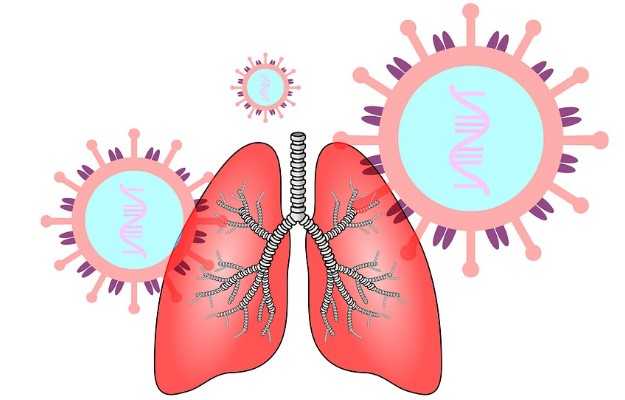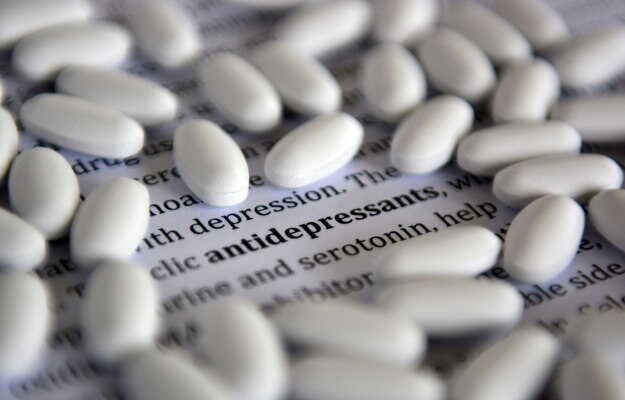What is sarcoidosis?
Sarcoidosis is a condition in which red and swollen nodules (granulomas) occur in the body tissues, mostly in the lungs and lymph nodes, due to inflammation. Sarcoidosis can develop at any age; however, those in the age group of 20-40 are most susceptible. In certain cases, it may cause pulmonary fibrosis as well.
Despite the abnormal growths (granulomas), sarcoidosis is not cancer, and patients get relief from the condition within 1-3 years. Medicines help to reduce the signs of the disease or help suppress the immune system.
What are its main signs and symptoms?
The preliminary sign of the condition is shortness of breath followed by the sudden onslaught of rashes. Red bumps on the face and arms, inflammation of the eyes, weight loss, night sweats, and fatigue are other symptoms common to sarcoidosis.
If you are tired of dieting and exercising and are not able to lose weight, then use myUpchar Ayurveda Medarodh Fat Burner Capsule, it has no side effects, order it today and avail the benefits.
Other symptoms of the condition are:
- Chest pain
- Shortness of breath
- Tiredness
- Facial swelling
- Arthritis
- Painful lumps in the legs
- Tender and swollen glands in the armpits, neck and groin
- Arrhythmia
- Kidney stones
What are its main causes?
The condition is the outcome of the immune system of the body fighting against germs and infections. As a result, swelling and redness of the tissues are observed. In sarcoidosis, the condition worsens as healthy tissues and organs are affected as well and granulomas emerge, thus showing the typical characteristics of an autoimmune disease.
It is believed that environmental and genetic factors are the main triggers of the condition. Therefore, the condition is not contagious in nature.
How is it diagnosed and treated?
Diagnosis of the condition is based on medical history, physical examination, and chest X-ray. This stage is useful for ruling out similar conditions like tuberculosis, fungal infections, rheumatic fever, and lymph cancer.
For detection of sarcoidosis of the lungs (pulmonary sarcoidosis), a CT scan of the lungs is suggested.
Corticosteroids like prednisone are effective in the management of inflammation and treating granulomas. Another alternative is to keep the affected body organs working and treat the symptoms of the condition. However, the condition may also subside on its own. Hence, a doctor may not recommend an exact time for starting therapy.
Despite all the above, the presence of sarcoidosis necessitates having a regular checkup with the doctor to monitor the illness and readjust the treatment. Likewise, corticosteroids are known to cause mood swings, fluid retention, high blood sugar among a host of other side effects. Their long-term use may also take a toll on bone strength and cause ulcers. Therefore, the recommended dosage should be taken to gain the optimal benefits of the medicine.

 Doctors for Sarcoidosis
Doctors for Sarcoidosis 


















